Magnolia stellata 'Rosea' (Pink Star Magnolia )
Botanical Information
| Family | Magnoliaceae |
| Genus | Magnolia |
| Species | stellata |
| Cultivar | 'Rosea' |
| Category | Woody |
| Type | Tree (deciduous), Shrub (deciduous) |
| Pronunciation |
Details
| USDA Hardiness Zone | 4 - 9 |
| USDA Hardiness Ref. | |
| Canadian Hardiness Zone | 4 |
| Canada Hardiness Ref. | |
| RHS Hardiness Zone | H4 - H7 |
| RHS Hardiness Ref. | |
| Temperature (°C) | - 10 - (-20) |
| Temperature (°F) | 14 - (-4) |
| Height | 2.5 - 4 m |
| Spread | 2.5 - 4 m |
| Growth | Medium |
| Flowering Period | April, May |
Description and Growing Information
| Shape | Large, round and dense. |
| Landscape | Borders, beds and large landscape spaces. |
| Propagation | Cuttings or budding. |
| Cultivation | Full sun to partial-shade. Well-drained and moist soil with an acidic, neutral pH. Tolerant of a wide class of soil types. |
| Pests | Horse chestnut scale, capsid bug and snails may be a problem. Coral spot, grey mould, honey fungus and fungal leaf spot may occur. |
| Notable Specimens | The A.M. (Mac) Cuddy Gardens, Strathroy, Ontario, Canada. San Francisco Botanical Garden, San Francisco, California, United States of America. Lanhydrock House and Garden, Bodmin, Cornwall, United Kingdom. |
| Habitat | Horticulture origin. |
| Flower/Leaf Bud Description | The leaf buds are densely pubescent and 1 cm long. |
| Leaf Description | The leaves are alternate, obovate and 5 - 10 cm long. |
| Flower Description | The flowers are star-shaped, 7.5 - 10 cm wide and contain 12 - 18 tepals. |
| Fruit Description | The fruit are densely clustered follicles that are twisted and 5 cm long with fertile carpels. |
| Colour Description | The bark is grey and becomes more silver as it matures. The flowers are a pale pink and gradually fade to white. The foliage is medium to dark green and becomes a yellow to bronze colour in autumn. |
| Texture Description | The bark is smooth in texture. The foliage has a fine to medium texture. |
Photographs
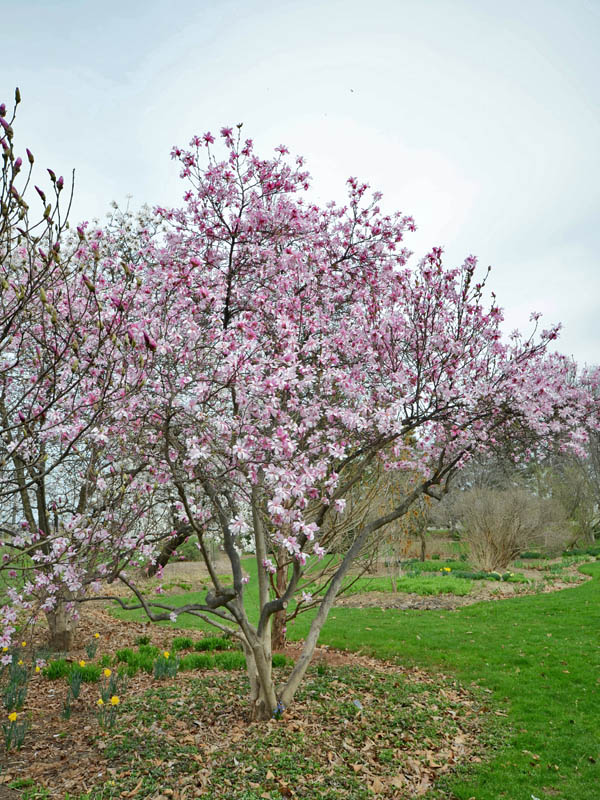
Magnolia stellata 'Rosea', form. The A.M. (Mac) Cuddy Gardens, Strathroy, Ontario, Canada.
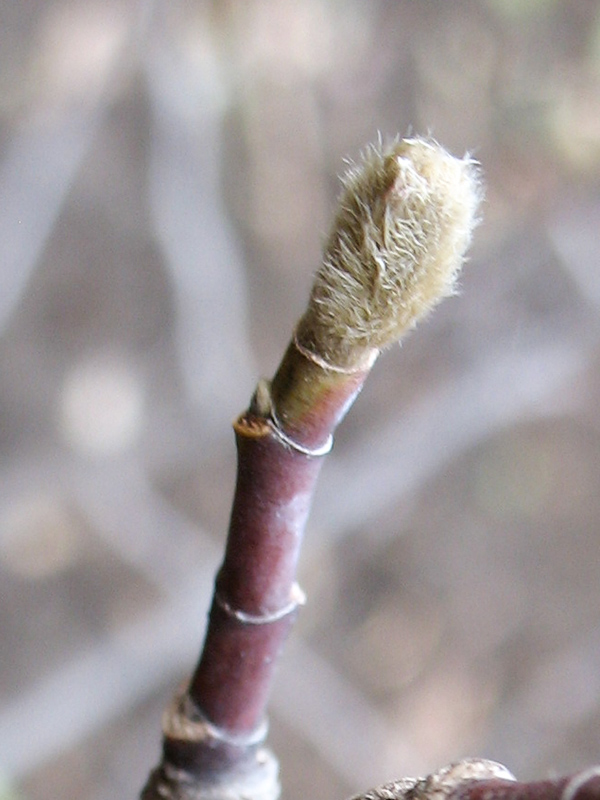
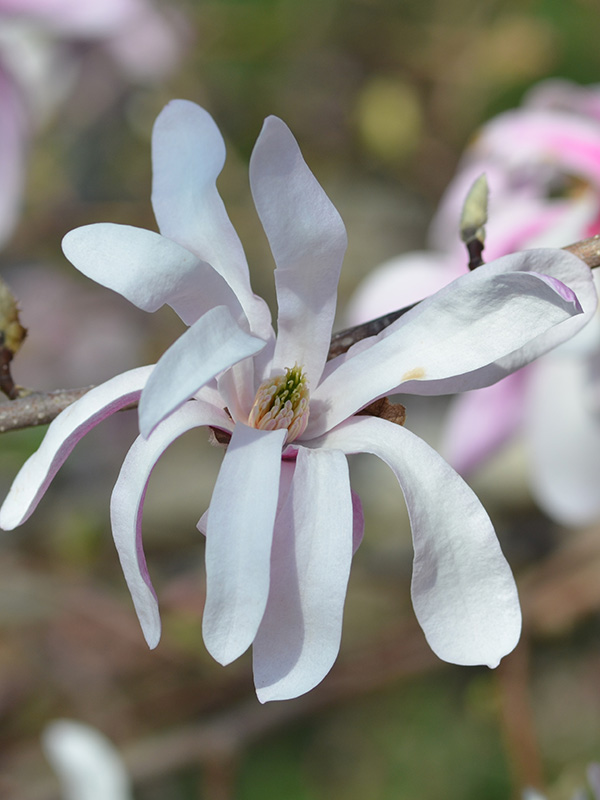
Magnolia stellata 'Rosea', flower. The A.M. (Mac) Cuddy Gardens, Strathroy, Ontario, Canada.
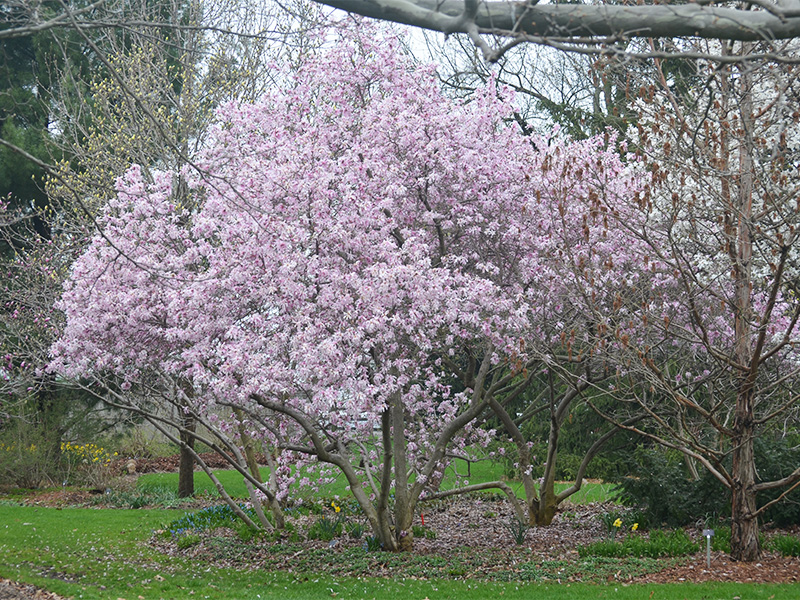
Magnolia stellata 'Rosea', form. The A.M. (Mac) Cuddy Gardens, Strathroy, Ontario, Canada.
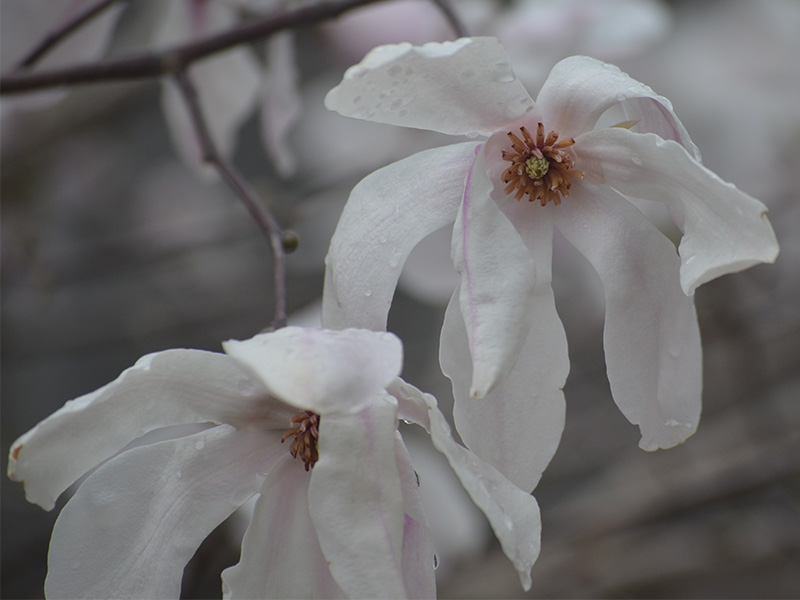
Magnolia stellata 'Rosea', flower.
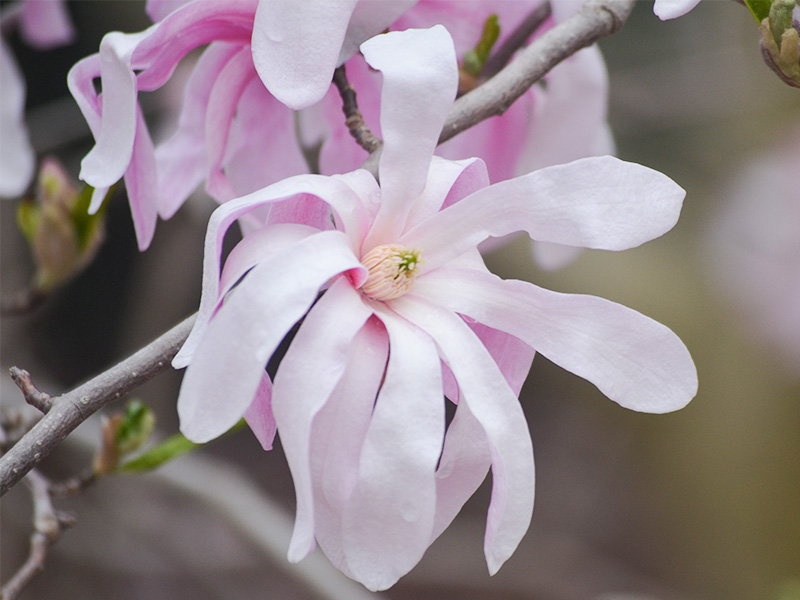
Magnolia stellata 'Rosea', flower.
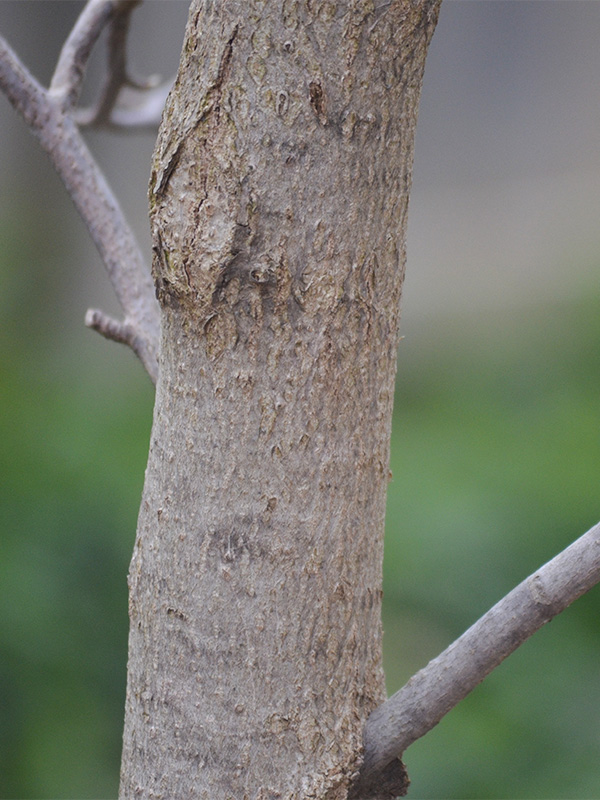
Magnolia stellata 'Rosea', bark.
Magnolia stellata 'Rosea', form, Lanhydrock House and Garden, Bodmin, Cornwall, United Kingdom.
Magnolia stellata 'Rosea', flower, Lanhydrock House and Garden, Bodmin, Cornwall, United Kingdom.
Magnolia stellata 'Rosea', flower bud, Lanhydrock House and Garden, Bodmin, Cornwall, United Kingdom.